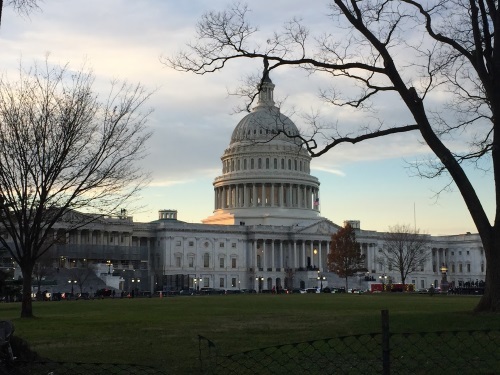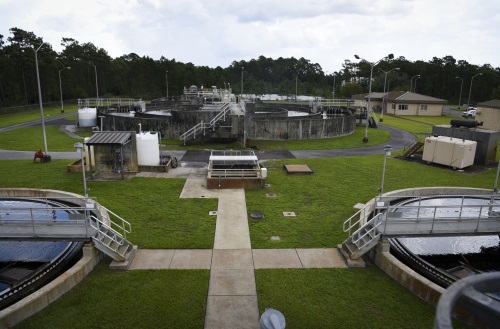The House of Representative’s Transportation and Infrastructure Committee and the Senate’s Environment and Public Works Committee successfully reconciled their respective bills on water resources infrastructure spending to craft the America’s Water Infrastructure Act of 2018.
The full House approved the legislation Thursday afternoon, Sept. 13, by a vote of 377-20 and sending it on to the Senate for consideration.
In a joint announcement made on Sept. 10, the House and Senate committees focused on four key provisions or “titles” within the Act:
- Title I authorizes proposed U.S. Army Corps of Engineers civil works activities for port, waterway, flood protection, and other water infrastructure improvements and incorporates much of H.R. 8, the Water Resources Development Act of 2018, which the House passed in June, as well as key provisions from the America’s Water Infrastructure Act unanimously approved by the EPW committee in May.
- Title II incorporates substantial portions of H.R. 3387, the Drinking Water System Improvement Act, which the Energy and Commerce Committee passed unanimously in July of last year. Key provisions include providing $4.4 billion over three years for the state drinking water revolving loan fund program, aid to states and utilities with compliance and asset management, updates to antiterrorism and resilience measures at public water systems, and improves transparency for consumers about the quality of their drinking water.
- Title III incorporates several bills that were passed by the House in mid to late 2017, including: H.R. 2880, the Promoting Closed-Loop Pumped Storage Hydropower Act, passed in December 2017; H.R. 2872, the Promoting Hydropower Development at Existing Non-powered Dams Act; H.R. 2786, To Amend the Federal Power Act with Respect to the Criteria and Process to Qualify as a Qualifying Conduit Hydropower Facility; as well as key provisions from H.R. 3043, the Hydropower Policy Modernization Act. Additionally, this title strengthens consumers’ rights to challenge any energy rate change when the Federal Energy Regulatory Commission fails to accept or deny a rate change, according to joint committee release.
- Title IV addresses storm water and wastewater infrastructure improvements, while reauthorizing and strengthening the Water Infrastructure Finance and Innovation Act (WIFIA) program managed by the Environmental Protection Agency.
“America needs comprehensive water infrastructure legislation that will cut Washington red tape, create jobs, and keep communities safe [and] we have reached a bipartisan agreement with the House … to accomplish these important goals,” noted Sen. John Barrasso, R-Wyo., chairman of the EPW committee, within the joint statement. “This bill will help rural communities and cities. It will grow the nation’s economy and speed up important projects.”

“Water Resources Development Acts – WRDAs – are critical to building the infrastructure that moves goods, grains, resources, and energy products throughout the entire nation, from our coasts to the interior and everywhere in between,” added Rep. Bill Shuster, R-Penn., the outgoing chairman of the House’s T&I Committee. “WRDA, as included in the America’s Water Infrastructure Act of 2018, will ensure that we stay economically competitive with other countries.”
Democrats on both the Senate and House committees also voiced their support for the reconciled legislation.
“Today’s progress brings us one step closer to seeing this important infrastructure bill cross the finish line,” noted the EPW committee’s Sen. Tom Carper, D-Del.
“I’m glad members of both the Senate and House were able to find areas of agreement and reach a compromise on a major water infrastructure bill that will create good-paying jobs here at home, incentivize businesses to buy and use American products, invests in critical infrastructure like our country’s ports and waterways, and expands our investments in drinking water for the first time in more than two decades,” he added. “This legislation also creates greater transparency and improves collaboration between local and federal governments to ensure taxpayer dollars are being used efficiently.
 Top Stories
Top Stories
AASHTO Comments on Proposed Drone Rules
October 10, 2025 Top Stories
Top Stories

